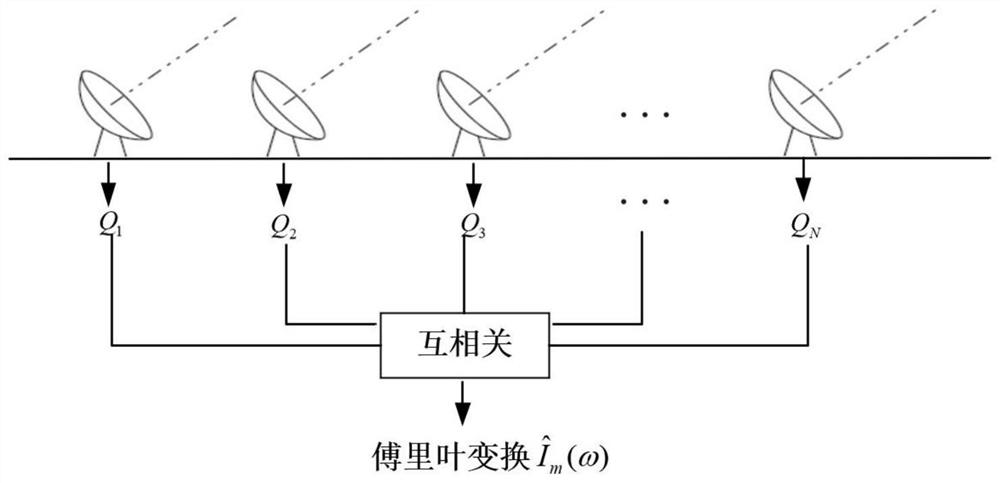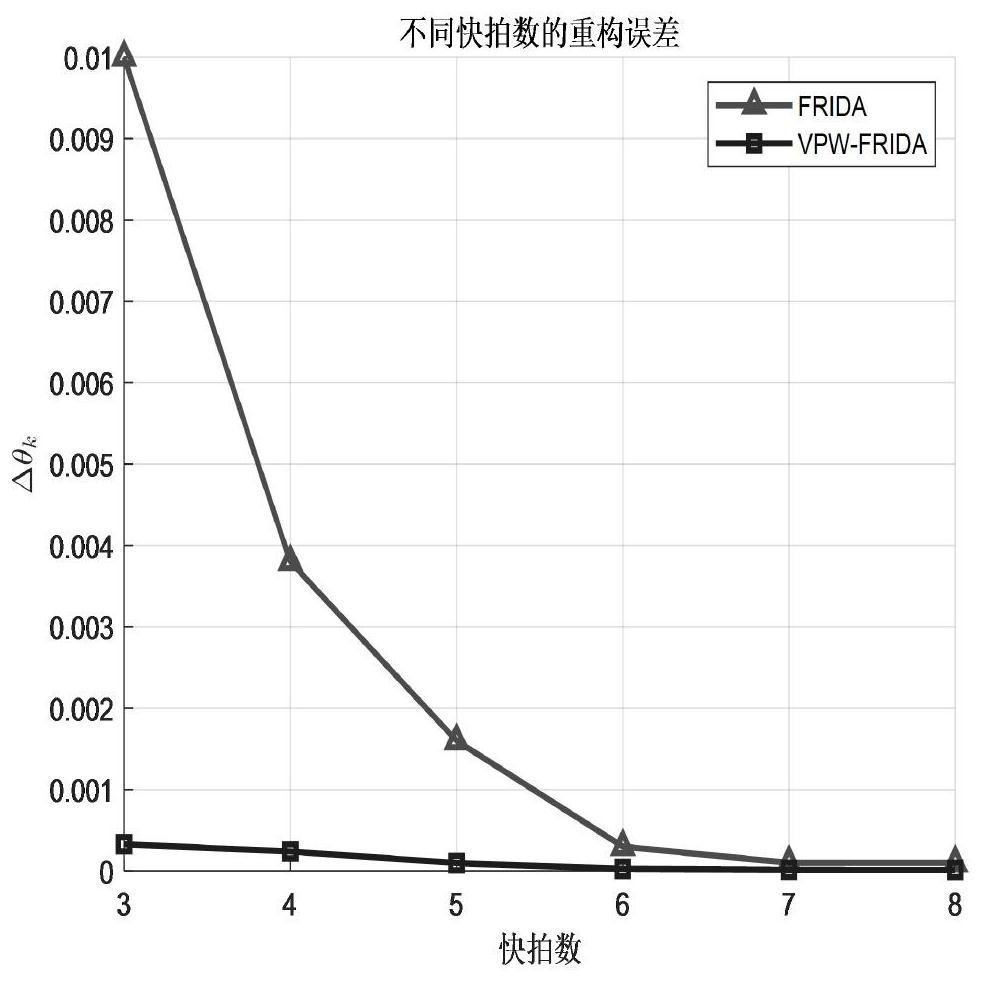Distributed information source airspace parameter estimation method based on finite innovation rate
A technology of distributed information sources and airspace parameters, which is applied in the field of distributed information source airspace parameter estimation, can solve the problems of reducing the sampling rate, etc., and achieve the effects of reducing complexity, wide application range, and strong practicability
- Summary
- Abstract
- Description
- Claims
- Application Information
AI Technical Summary
Problems solved by technology
Method used
Image
Examples
specific Embodiment 1
[0077] according to Figure 1 to Figure 7 As shown, the present invention provides a method for estimating spatial parameters of distributed information sources based on a finite rate of innovation, comprising the following steps:
[0078] A method for estimating airspace parameters of distributed information sources based on finite information rate, comprising the following steps:
[0079] like figure 1 , there are Q antennas on the antenna array located at The celestial body emits k monochromatic and uncorrelated distributed signals. Each propagates p in the direction of the unit vector k =[cosθ k , sinθ k ] T , where θ k is the azimuth angle of the kth electromagnetic wave.
[0080] The baseband representation of a signal from direction p ∈ S within a narrow band centered at frequency w in is the signal generated by the radio interference received by the antenna at p and frequency w. From the perspective of energy, it can be described as:
[0081]
[0082]...
PUM
 Login to View More
Login to View More Abstract
Description
Claims
Application Information
 Login to View More
Login to View More - R&D
- Intellectual Property
- Life Sciences
- Materials
- Tech Scout
- Unparalleled Data Quality
- Higher Quality Content
- 60% Fewer Hallucinations
Browse by: Latest US Patents, China's latest patents, Technical Efficacy Thesaurus, Application Domain, Technology Topic, Popular Technical Reports.
© 2025 PatSnap. All rights reserved.Legal|Privacy policy|Modern Slavery Act Transparency Statement|Sitemap|About US| Contact US: help@patsnap.com



